Over the course of a year anywhere from 20-70% of runners will struggle with an injury.(1) Lateral hip pain is a common injury that plagues many runners.(1,2) Often times, runners are forced to take time off or go through physical therapy to get back on track.
Typically, running related injuries are the result of abnormal running mechanics that over time cause the system to break down.(3,4) Without proper alignment of the knee, hip, and ankle during the running motion, these areas progressively become tight, tired, and weak.(3,4) Eventually, this leads to pain/injury locally, above, or below the area of interest. For instance, it is very common for lateral hip pain to manifest as a result of weakness and tightness at the hip joint. When running, this weakness and tightness leads to a breakdown in mechanics that over time cause the hip to become painful and problematic.(5)
Running is a unique activity in that the location of an injury/pain is not always the same as the source or cause of that same pain/injury.(4) In the instance of the hip, decreased strength and stability when running can cause an increase in the side-to-side motion at the knee or excessive hip drop, both of which negatively affect the mechanics of running. The role of the lateral hip muscles is to stabilize, centralize, and support the hip joint during dynamic movements such as running. Without this function, the repetitive nature of running can lead to an overuse injury of the lateral hip.
When working back from lateral hip pain, it can take anywhere from six weeks to six months to get back to full training. The rehab process focuses on:
- improving strength and activation patterns (6)
- drills to reinforce proper alignment and positioning of the knee, hip, and ankle, and
- optimizing running mechanics.
Even with time, dedication, and diligence to a rehab program, achieving the necessary progression of strength, stability, and mechanics takes time. The rehab process can become long and cumbersome.
Luckily, with recent advances in visual EMG biofeedback, runners now have access to an excellent tool to help maximize their recovery and produce more efficient and lasting results. EMG biofeedback is a tool that uses myoelectrical signals to help retrain and activate muscles. Since lateral hip pain is often the result of muscle weakness and poor mechanics, biofeedback is ideal for bridging the gap between where you are and what is optimal. Biofeedback provides immediate visual feedback on the efficacy and accuracy of an exercise. It quickly reinforces and promotes proper movement and activation patterns for faster outcomes. Although these things take time, the immediate input of visual biofeedback can help to reinforce motor learning, leading to stronger and safer running mechanics.
How to Incorporate Biofeedback Training
Using exercises for lateral hip pain the literature has already proven to be effective, adding visual EMG biofeedback promotes proper muscle activation patterns to help runners accelerate their recovery and achieve their desired results.(7,8)
Here is an easy and practical way for runners to utilize biofeedback to promote muscle activation patterns and improve running mechanics.
- Hip Abduction Running Man
a. Setup: Single channel on glute medius against the wall - During the entire motion, activation of the glute medius should be strong and consistent. The visual feedback meter should be maximized.
- Monster walk
a. Setup: Bilateral dual channel on glute medius - During the forward stepping motion, there should be an increase in glute activation of both the stance leg and moving leg.
Summary
Visual EMG biofeedback is an innovative and effective tool for runners to utilize when returning from an injury. By providing immediate visual input on movement success, biofeedback proves an excellent option for optimizing movement patterns and maximizing recovery. Get back to running sooner and for longer.
Check out more below!
|
|
 |
This article was written in collaboration with RunDNA. |
References
1. Nielsen RO, Nohr EA, Rasmussen S, Sørensen H. CLASSIFYING RUNNING‐RELATED INJURIES BASED UPON ETIOLOGY, WITH EMPHASIS ON VOLUME AND PACE. International Journal of Sports Physical Therapy. 2013;8(2):172. Accessed November 8, 2021. /pmc/articles/PMC3625796/
2. Mucha MD, Caldwell W, Schlueter EL, Walters C, Hassen A. Hip abductor strength and lower extremity running related injury in distance runners: A systematic review. Journal of Science and Medicine in Sport. 2017;20(4):349-355. doi:10.1016/J.JSAMS.2016.09.002
3. Hreljac A. Etiology, Prevention, and Early Intervention of Overuse Injuries in Runners: a Biomechanical Perspective. Physical Medicine and Rehabilitation Clinics. 2005;16(3):651-667. doi:10.1016/J.PMR.2005.02.002
4. Gijon-Nogueron G, Fernandez-Villarejo M. Risk Factors and Protective Factors for Lower-Extremity Running InjuriesA Systematic Review. Journal of the American Podiatric Medical Association. 2015;105(6):532-540. doi:10.7547/14-069.1
5. Pinheiro LSP, Ocarino J de M, Bittencourt NFN, et al. Lower limb kinematics and hip extensors strengths are associated with performance of runners at high risk of injury during the modified Star Excursion Balance Test. Brazilian Journal of Physical Therapy. 2020;24(6):488. doi:10.1016/J.BJPT.2019.07.011
6. Ramskov D, Barton C, Nielsen RO, Rasmussen S. High eccentric hip abduction strength reduces the risk of developing patellofemoral pain among novice runners initiating a self-structured running program: A 1-year observational study. Journal of Orthopaedic and Sports Physical Therapy. 2015;45(3):153-161. doi:10.2519/JOSPT.2015.5091/ASSET/IMAGES/LARGE/JOSPT-153-FIG002.JPEG
7. Willy RW, Davis IS. The effect of a hip-strengthening program on mechanics during running and during a single-leg squat. Journal of Orthopaedic and Sports Physical Therapy. 2011;41(9):625-632. doi:10.2519/JOSPT.2011.3470/ASSET/IMAGES/LARGE/JOSPT-625-FIG003.JPEG
8. Moore D, Semciw AI, Pizzari T. A SYSTEMATIC REVIEW AND META-ANALYSIS OF COMMON THERAPEUTIC EXERCISES THAT GENERATE HIGHEST MUSCLE ACTIVITY IN THE GLUTEUS MEDIUS AND GLUTEUS MINIMUS SEGMENTS. International Journal of Sports Physical Therapy. 2020;15(6):856. doi:10.26603/IJSPT20200856

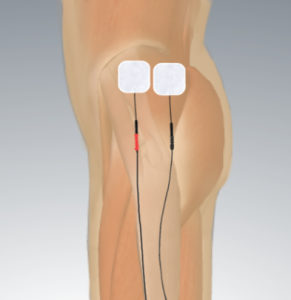
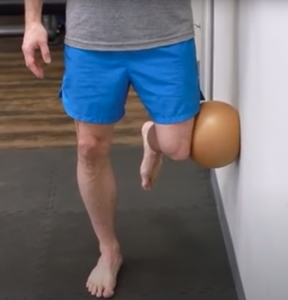
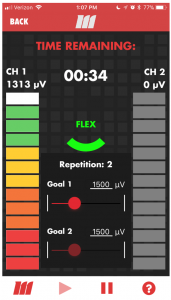
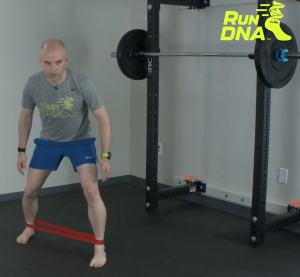
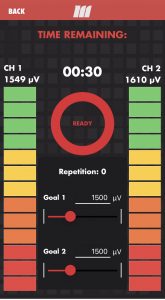



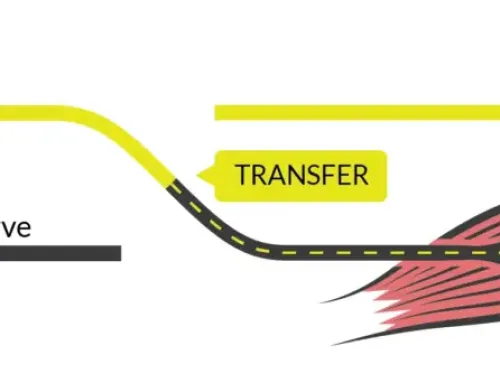
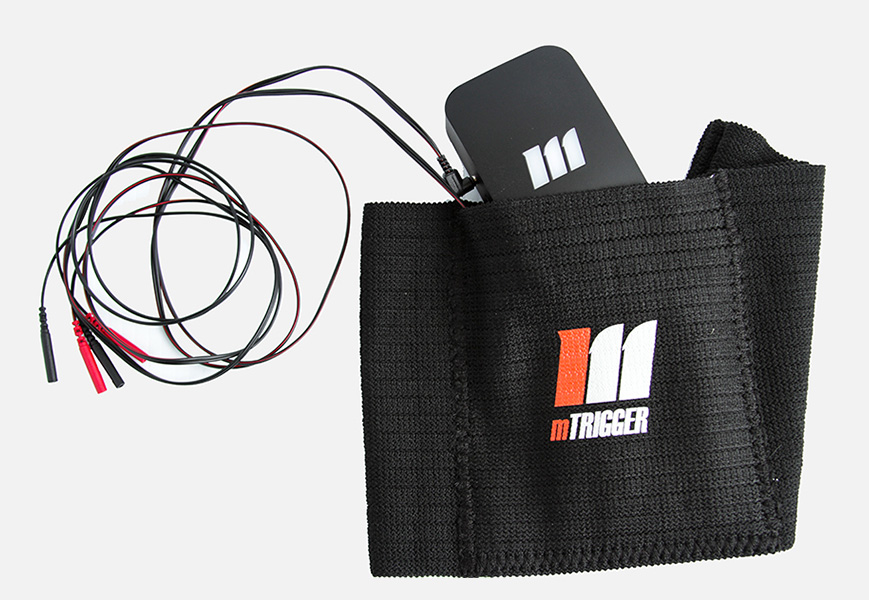

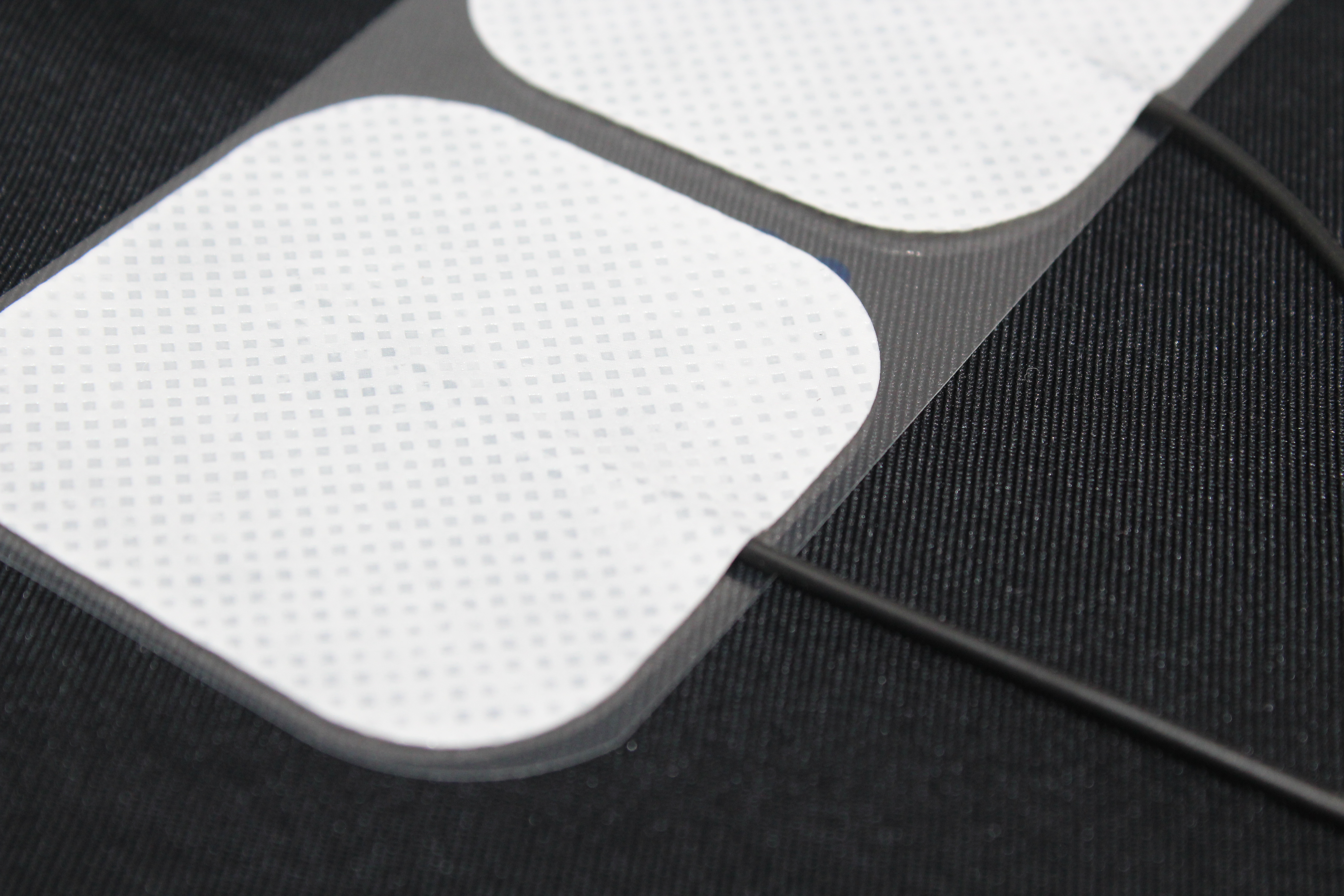
Leave A Comment